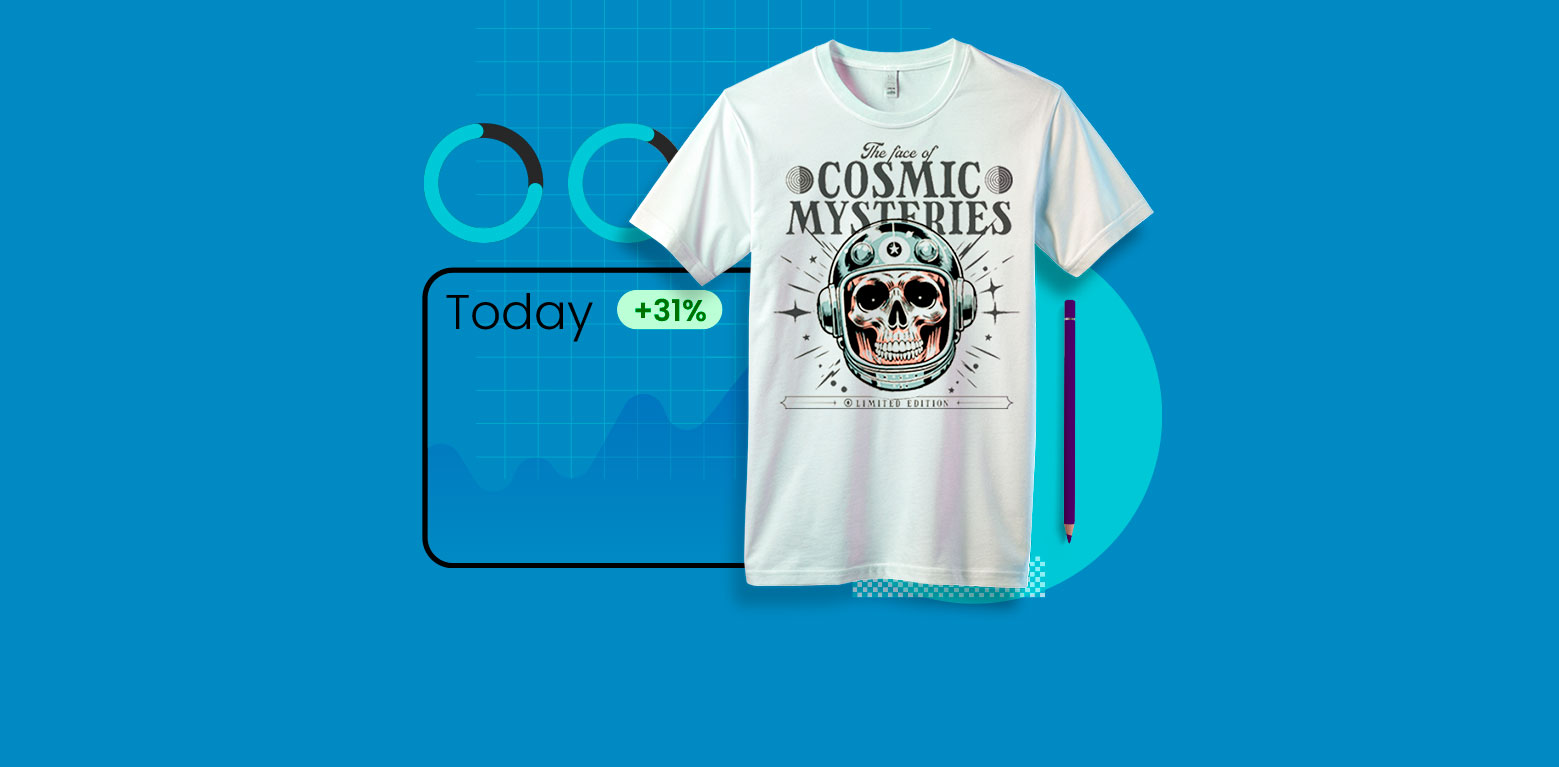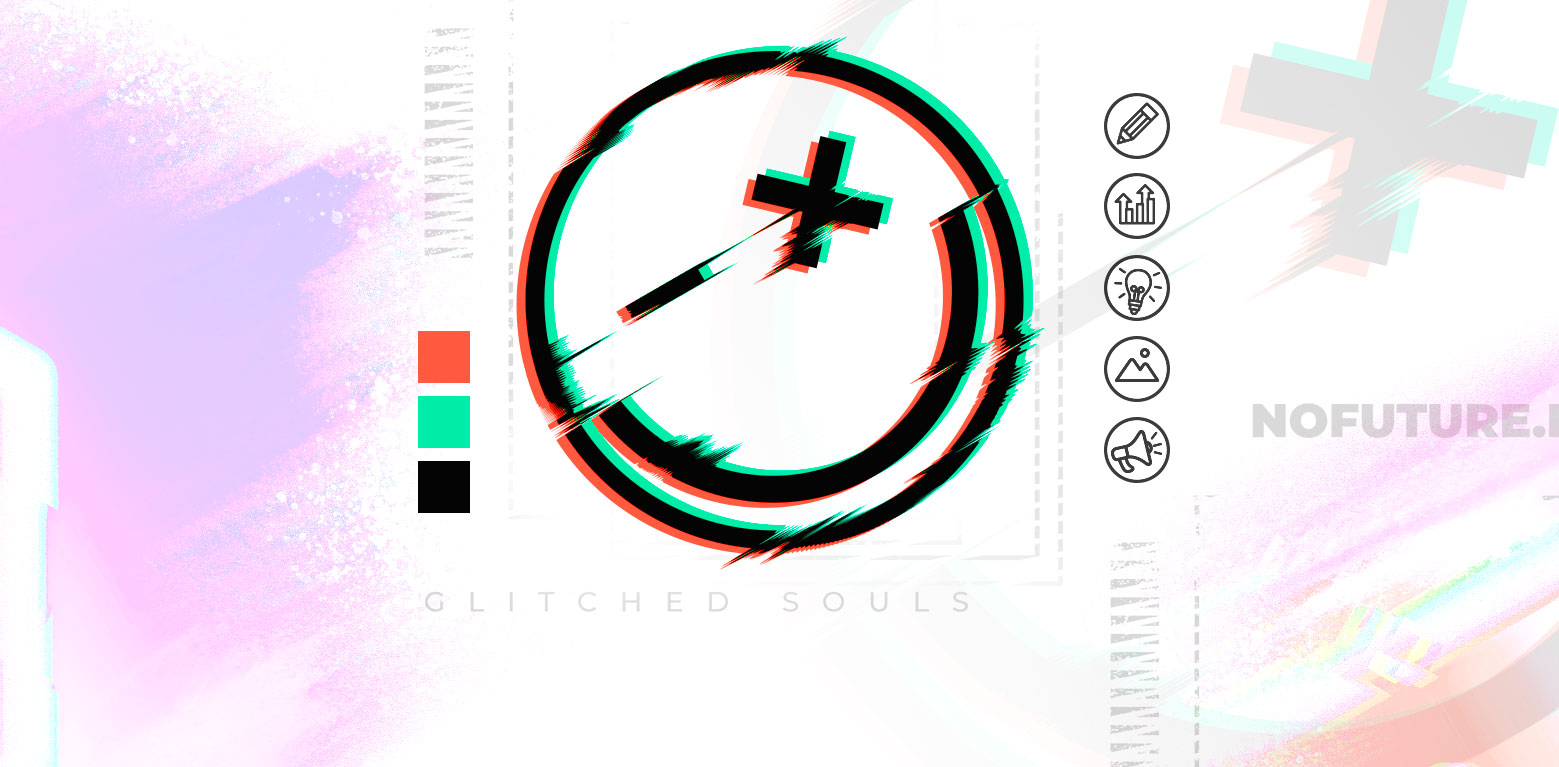Did you know that by the humble age of two a typical kid knows the symbols of at least 12 major brands? Not to say that two-year-olds are particularly keen on understanding which products or services these companies are selling, but they can definitely tell the difference between Coke and Pepsi.
A simple, likable identity is partially the reason why a handful of giants such as McDonald’s, Nike, Amazon, and even Netflix are killing it on the global market.
The lack of a clear, consistent identity, on the other hand, drives businesses into obscurity.
Sure, you can say that these major companies are investing millions of dollars into the design of their logos, product covers, and marketing materials while your boss, just like the next guy, can’t afford these kinds of services.
Ask yourself this one then: how hard is it to design the Netflix “N”? Are you sure you can’t pull off a logo like that?
You can.
And you have.
To top things off, you’ve probably done even cooler stuff throughout your career.
So what is it that separates your designs from the ones offered for multi-million commissions?

It Goes Beyond a Logo
We’d hate to break it to you, but in 9 cases out of 10, the design of a logo is irrelevant. It can be the best thing since sliced bread, but if the background lacks complimenting colors and whitespaces, the logo will never stand out. Without a couple of UI tricks, it will never catch the eye.
Alternatively, without consistency with the brand’s tone, voice, and message, it will stick out like a sore thumb.
Toss in the fact that your average consumer has developed a natural protective instinct against all sorts of advertisements the internet pours into their eyes 24/7/365 and you’ll see why one either forcibly generates the consumer’s attention, or fades into obscurity alongside the 90% of startups that run out of business within a year. No amount of marketing tricks, discount deals, or mass mailing can save them. But something else can…
In simpler words, design alone doesn’t have a chance at surviving. There is no design, only the way others perceive your brand.

The Right Questions
The previous point opens a series of interesting questions. What is a brand? What’s an identity? Where does the logo, or any other design elements for that matter, come into play?
A brand is essentially an emotional response someone has to your business. It is the way others perceive you as a whole.
One cannot design a brand.
An identity is what sets you apart from others. It’s the compilation of countless elements you willingly chose to implement as part of your positioning strategy starting from the colors associated with the business and finishing at the way you offer your products or services.
Unlike the brand, one can (and should) create a unique, distinct identity, starting with the logo.
A logo is the simples, and probably the most important element of your brand’s identity. Think of it as a snippet of your business others will associate with you.

Identity Design
As we can see, not only is your brand’s identity one of the biggest factors of success, but it is also among the few elements of your brand you can actually create or impact in a meaningful way.
If we were to talk design, identity is a compilation of the visual devices a company uses, They are usually assembled based on a set of strict guidelines covering everything from fonts to color pallets.
The Logo is obviously the symbol of your brand. Think of it as the friendly face others would like to identify with.
That said, the logo barely takes up any space on your visual real estate with other elements playing as crucial of a role.
If you are looking to create consistent designs for a brand or a company, think about how well each element will fit in:
- Stationery documents such as business cards, branded envelopes, corporate email signatures, etc.
- Marketing materials from social media posts to physical brochures and flyers.
- Product and service delivery mechanisms such as email forms, landing pages, branded gifts, and product packaging.
- The physical appeal of your brand that is displayed through the interior and the exterior of your offices, stores, and other brick and mortar locations.
- Don’t forget about the apparel of your employees.
- And lastly, there are little nuances most designers tend to either ignore or forget like audio cues (the now iconic sounds of Windows or PlayStation launching), smells associated with the location (you can’t think about the smell of coffee and cinnamon without thinking about Starbucks, can you?), the actual feel and touch of the product, etc.
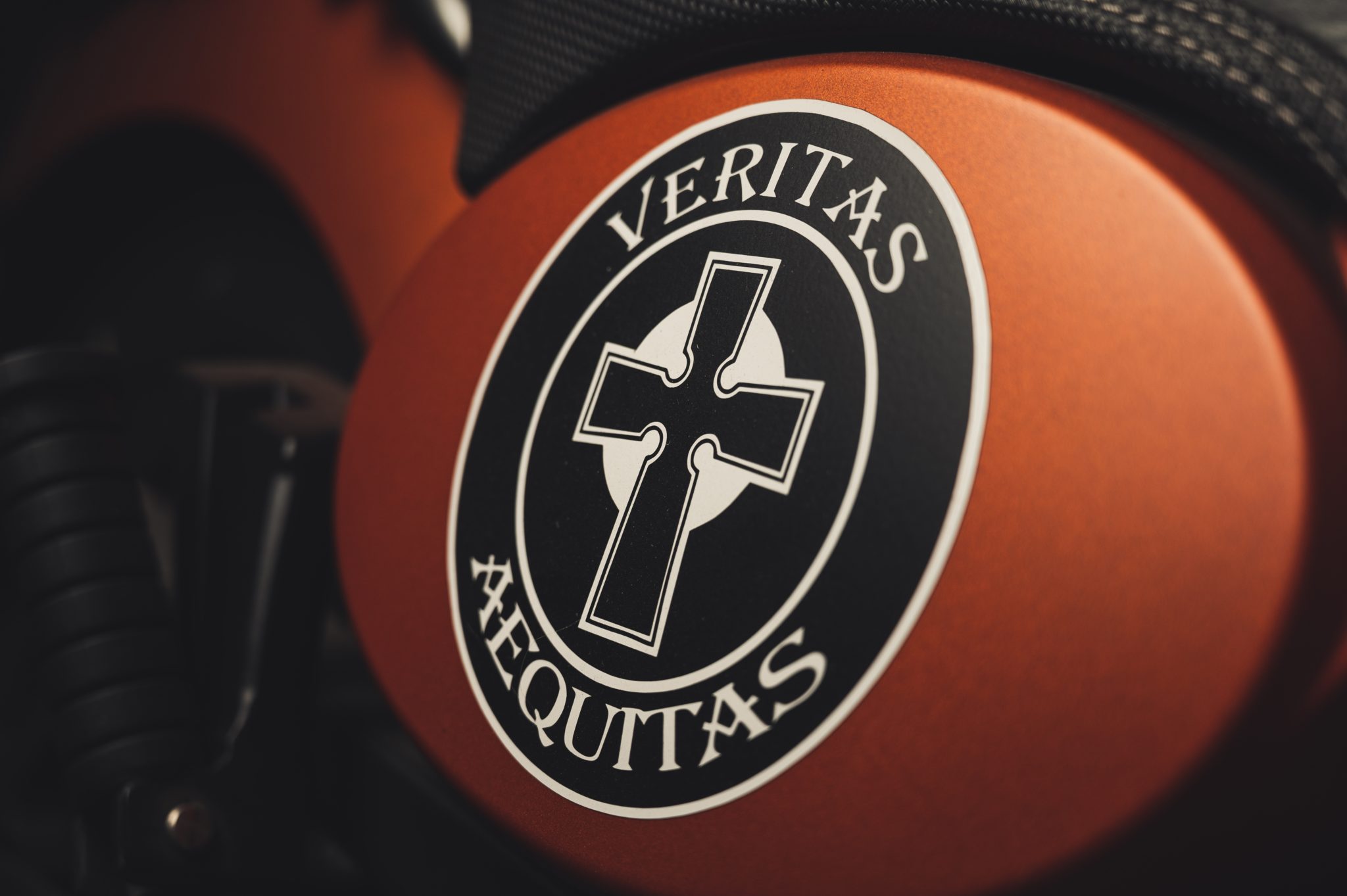
Every bit matters
Smart people tell us not to judge a book by its cover, but who has the time to listen to good advice? A typical user will interact with dozens of brands on a daily basis. The same user will barely interact with the sales reps of at least one.
Think of your brand’s visual identity as of an elevator pitch of sorts as in 99% of the cases it’ll be the only thing a potential buyer will see.
The best device we can give to the designers here is to avoid swimming in the sea of sameness. Yes, there are best practices, trends people like, patterns you can exploit, but if you were to choose between following the wave or creating a unique visual experience, always go for the latter.
Why?
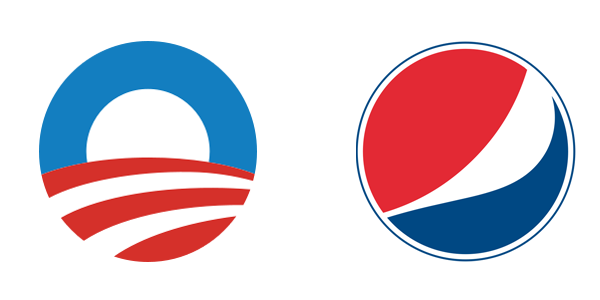
One is the ever so youthful Pepsi logo. The other is Barack Obama’s. Not to lessen one’s achievements, which one did you recognize instantly?
There’s more where that came from!
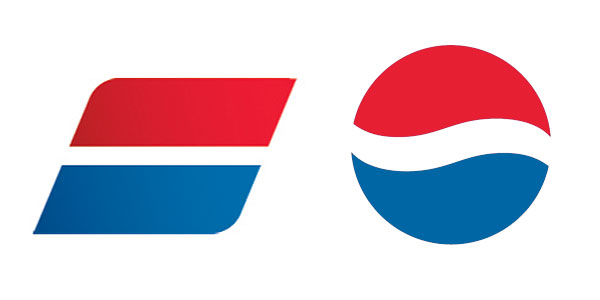
One of these is the Auto Trader logo. You already know to whom the other belongs to.
The bottom line: Pepsi’s logo is cool, original, and extremely expensive. The design is worth a whopping $1 million of money well spent.
Yes, it is simplistic. Yes, one can create something like that in less than 15 minutes. Why would you though? The now iconic shapes and colors will make you “those guys with the Pepsi logo” which isn’t exactly the identity Auto Trader or Mr. Obama would like to achieve.
Now that we’ve talked about the significance of establishing identity via the means of creative design and attention to detail, perhaps you have some examples, cases, or success stories you’d like to share? Or maybe you still have questions? Don’t be shy, shoot us a line in the comments below!
About the Author: Eric is an email marketing specialist at Atompark who is always looking for the ways to improve his skills. He’s always traveling, when he’s not at the computer. He likes to share his thoughts and believes that his articles will help a great amount of people. Feel free to contact him on twitter.com/EricWill222





